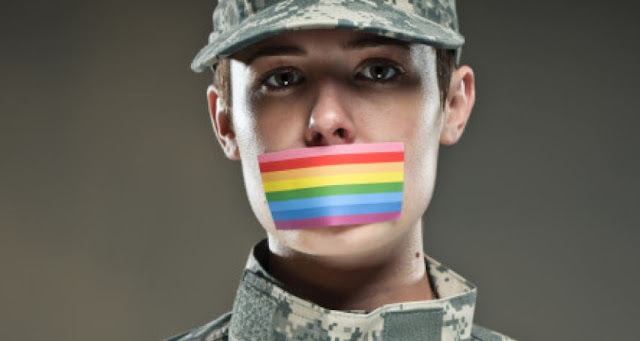Transgender Marketing
LUKI
April 05, 2019
In addressing this problem, others have addressed it with the goal of learning the best practices applicable to model careers as a trans mannequin. The best way to evaluate the problems to be solved in order to reach an understanding was to search for those who wrote on the subject. I wanted to find articles presenting the personal experience of a transgender model to denounce the lack of inclusion. The goal was to see if this observation was shared by the transgender models of the fashion sector to get a perspective on the subject.
The articles found by my research come from sources such as the Transgender Model Findings at Home article (Krueger, 2017) and the Refinery article 29 entitled "How did a group of people become a fashion trend?" (Siemens, 2017). These articles reassured investigators that the problem of the fashion world did not include the inclusion of transgender models and that this was a discussion within the industry. Reading that the dialogue on this problem began in magazines and magazines Internet has laid the foundation for my research. I discovered that the lack of inclusion of transgender models was relevant and that the solution to this unique problem was one that transgender models and the fashion industry wanted to solve.
The next level of research is the printed book on the fashion industry with the proposed solutions and best practices to implement in the career of the Transgender model. Books on modeling careers such as Debbie Press's "Your Modeling Career" (Press, 2004) provide the framework for the modeling career process. These books have provided me with a foundation for what is considered a normal career path within the modeling profession. Biographies of transgender models such as the book "Transgender Anjali Lama: The World's First Transgender Track Model" (Wolstencroft, 2016) have analyzed how transgender models can succeed in a gender-specific profession. All of these publications highlighted the use of new media marketing as a means of strengthening the presence and activism within the fashion community to demonstrate the need to expand the world of fashion models to include members of the transgender community. With this solution in mind, I expanded my activities to publish books on the fundamentals of new media. The title I use most often for this part of my research is "The Basics of Digital Fashion Marketing" by Clare Harris and Social Media for Fashion Marketing: Telling Stories in a Digital World of Wendy K Bendoni. The books served as textbooks used by academics on the practice and theories of new media and social media marketing.
The academic world has also published print materials for peer-reviewed articles on transgender models in the fashion sector. These articles were accessed from the Denver University Library using Compass, an educational documentation tool used by the Masters and PhD students at the University of Denver. Sage Publication's article "Gender on Display: Performativity in Fashion Modeling" (Entwistle and Mears, 2012) served as an anchor for academic integrity. This article tackled the same subject with respect to the questioning of normative gender culture and how this may hinder the presence of transgender mannequins in the industry. According to Transwender Model, an article in University Wire describing first-hand a transgender model "The fashion industry still does not have inclusiveness" (Carlsbad, 2018) recalls that this problem was still relevant from from march 2018.
Most Popular

Free Rewriter for Bloggers
May 14, 2020

Sasha De Sade Profile, Who is she?
March 11, 2022




